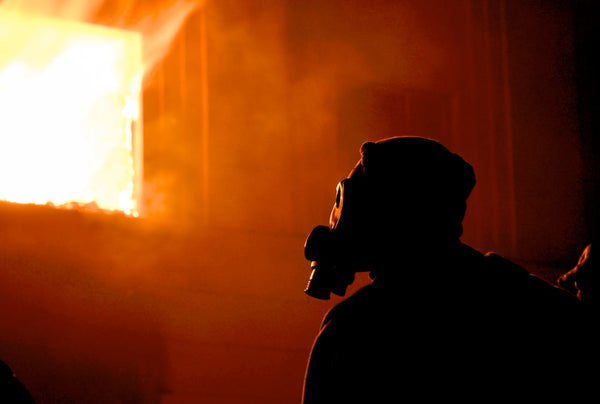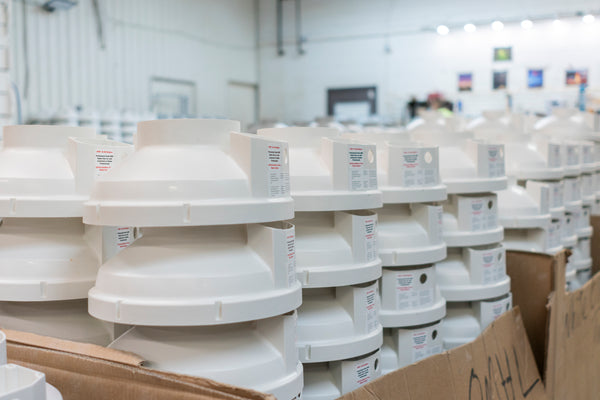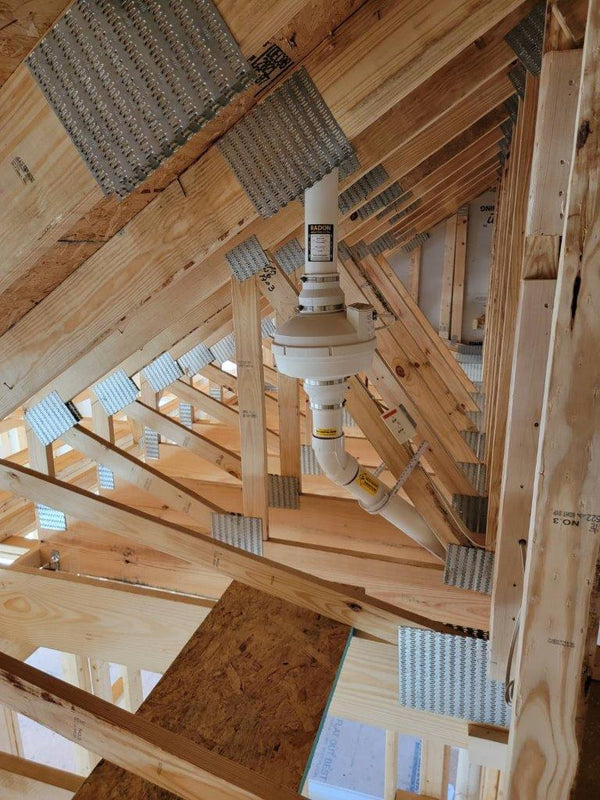
How Radon Levels Can Differ Between Urban and Rural Areas
Radon gas, an invisible and odorless radioactive gas, is a naturally occurring element that can harm human health when concentrated. It seeps into buildings from the soil and rocks beneath them, often going unnoticed for years. While many know the risks associated with radon exposure, fewer understand how geography—specifically urban versus rural areas—affects radon levels. Understanding these differences is vital for homeowners, renters, and anyone considering relocation, whether to a bustling city or a quiet countryside.
What is Radon, and Why is It a Concern?
Radon forms when uranium in soil, rock, and water breaks down naturally over time. As the gas rises, it can infiltrate homes through cracks in foundations, gaps around pipes, and other structural weaknesses. Prolonged exposure to high radon levels is a leading cause of lung cancer, second only to smoking. Therefore, understanding and addressing radon levels in residential spaces is a critical public health issue.
Factors Influencing Radon Levels
The levels of radon present in a home or building are influenced by several factors. Soil composition, building design, and even weather conditions can impact how much radon enters and accumulates indoors. However, the distinction between urban and rural areas introduces another layer of complexity.
Soil Composition in Urban Areas
Urban environments often feature heavily altered soil due to construction, landscaping, and other human activities. This disturbed soil may sometimes limit radon’s movement, reducing concentrations in some areas. However, urban areas also tend to have more basement-level living spaces and sealed buildings, which can trap radon indoors. The presence of extensive infrastructure, such as subways or tunnels, can further influence radon dispersion and concentration.

Soil Composition in Rural Areas
In rural areas, natural soil and rock are less likely to have been disturbed by construction. That can allow radon to flow more freely from the ground into the air or nearby buildings. Homes in rural regions often have fewer basements or tightly sealed foundations, leading to higher and lower radon levels depending on specific geological factors.
Building Structures and Radon Accumulation
Urban homes and apartments are often tightly constructed to improve energy efficiency, which can inadvertently trap radon indoors. In contrast, rural homes may have more ventilation or older construction styles that allow for some natural dissipation of radon gas. These differences in building design and maintenance practices significantly impact radon levels across urban and rural areas.
Population Density and Testing Awareness
Urban areas typically have higher population densities, which can drive awareness and testing efforts for radon. Health departments and community organizations in cities may promote testing campaigns more frequently. Conversely, rural communities often lack the same level of resources or outreach, meaning radon issues might go undetected for longer periods.
The Role of Geology
Geological factors play a central role in radon production. Areas with high concentrations of uranium-rich rock are more likely to have elevated radon levels, regardless of whether they are urban or rural. However, the distribution of these geological formations often varies. For instance, rural areas with large expanses of natural terrain might experience more concentrated radon emissions. In contrast, urban areas with diverse construction materials and disturbed land could see uneven radon distribution.
Moving to a Small Town and Radon Considerations
Relocating from a bustling metropolis to a quieter, more intimate community offers many advantages, from significantly lower living costs to more spacious housing options and increased opportunities to enjoy nature. However, when moving to a small town, it’s important to be aware of certain considerations, including potential radon exposure. Rural areas, while serene and picturesque, can sometimes have higher radon levels due to geological factors. To ensure the safety and well-being of your family, conducting radon testing before purchasing or renting a property is a proactive step that provides peace of mind.

Rural settings may offer a serene and picturesque environment but can potentially have higher radon levels in certain regions.
Seasonal Variations in Radon Levels
Radon levels often fluctuate with the seasons, influenced by weather and indoor living habits. During colder months, urban residents might keep windows closed and heating systems running, trapping radon indoors. On the other hand, rural homes may experience similar issues if tightly sealed for winter but could have naturally lower levels during warmer months due to better ventilation. These seasonal differences highlight the importance of year-round monitoring in both settings.
Testing and Mitigation Options
Testing for radon is straightforward and can be done using DIY kits or professional services. Due to the proximity of resources, urban residents may find it easier to access testing services and mitigation professionals. Rural homeowners might need to travel farther for professional help, making planning for regular radon checks even more critical. Mitigation systems, such as sub-slab depressurization, are effective solutions for both urban and rural properties.
Why Awareness Matters
Despite its dangers, radon often receives less attention than other environmental hazards. Educating the public about the differences in radon levels between urban and rural areas can help individuals make informed decisions about where to live and how to maintain their homes. Local governments, schools, and real estate agents can all help raise awareness and ensure radon testing becomes a standard part of home inspections.
Conclusion
Radon levels are influenced by a complex interplay of geological, structural, and environmental factors, making it essential to understand how urban and rural areas differ regarding exposure risks. Whether you live in a bustling city or are moving to a rural area, proactive testing and mitigation are key to ensuring your home remains a safe and healthy space. By staying informed and vigilant, you can protect yourself and your loved ones from the hidden dangers of radon exposure.





